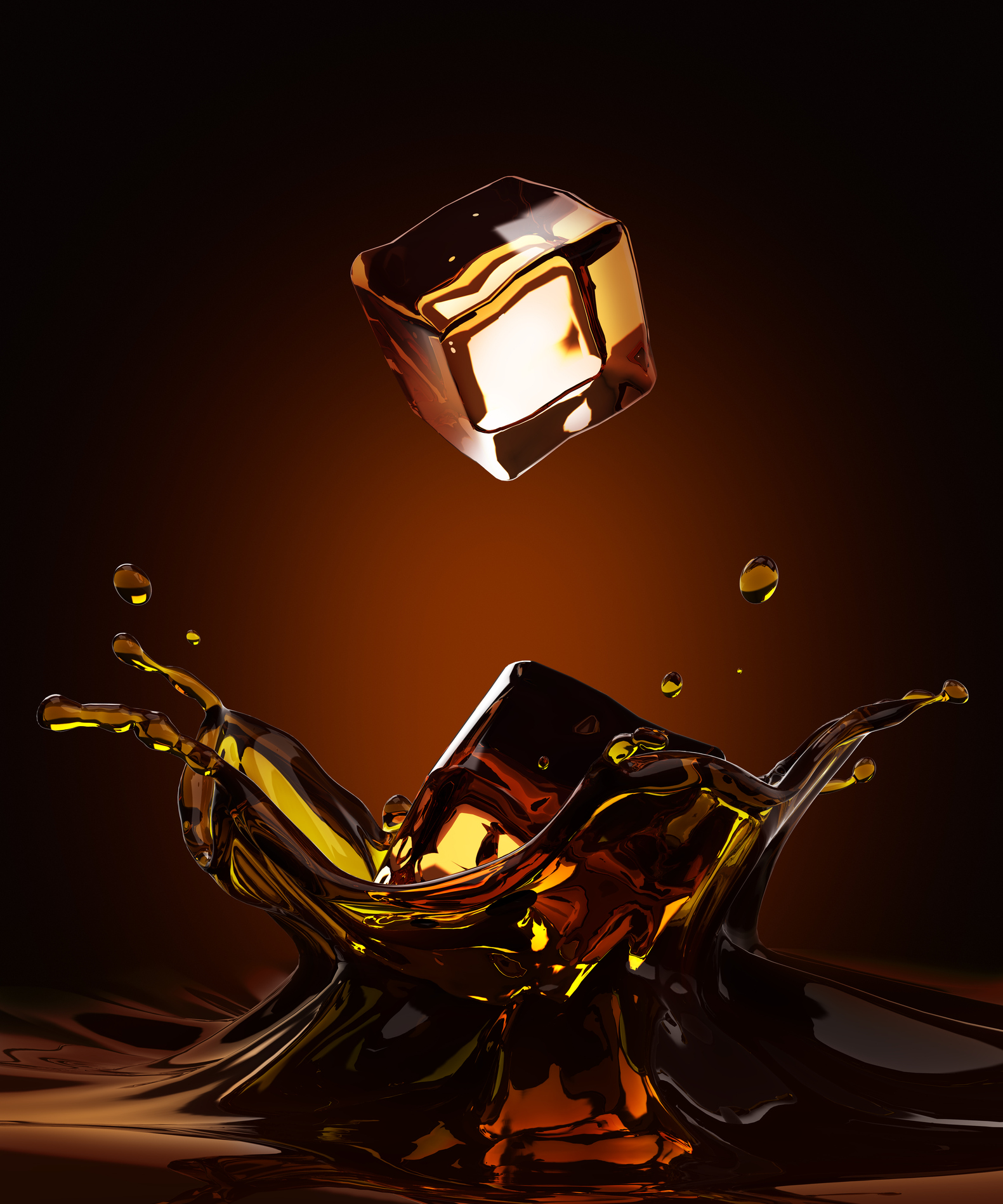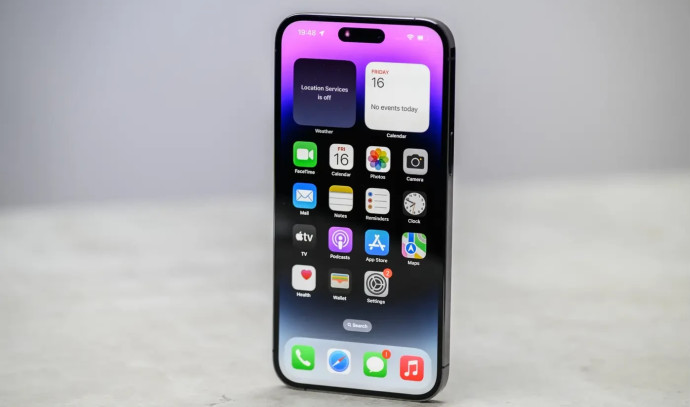
Researchers have recently discovered that the shapes formed by water and ethanol molecules in whisky are responsible for the difference in taste between having it neat or on the rocks. A study conducted by Lei Jiang and his colleagues at the Chinese Academy of Sciences examined how the clustering of these molecules at varying temperatures impacts flavor profiles.
The study involved measuring surface tension, using nuclear magnetic resonance imaging and computer simulations to study clusters of water and ethanol molecules at different alcohol levels and temperatures. The researchers aimed to understand how factors like temperature and ABV affect molecular composition in beverages like beer, wine, and baijiu.
In collaboration with Chinese baijiu brand Wuliangye, Jiang’s team conducted taste tests to determine how changes in molecular clusters affect people’s reactions to drinks. The research found that colder and lower ABV liquids have a more refreshing taste due to their compact structure. Warmer drinks and higher ABV were perceived as more pungent and tasted more alcoholic due to their altered cluster formations.
However, Gavin Sacks from Cornell University cautioned that the relationship between molecular clusters and taste perception is complex. Sacks explained that receptors in the mouth are activated by both the burning sensation of alcohol and heat, making it difficult to directly link molecular clusters to taste preferences.
Overall, this study provides insight into how variations in temperature and alcohol composition can impact taste perception in alcoholic beverages. However, further research is needed to fully understand this complex relationship between molecular structures and sensory perception.






